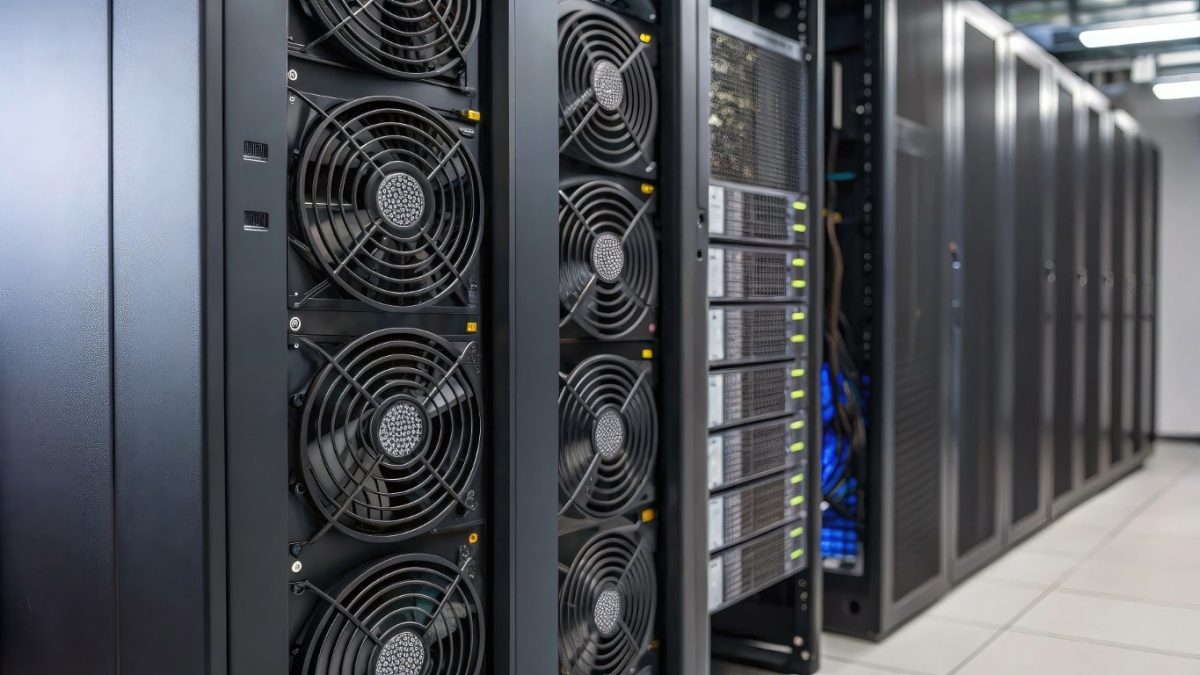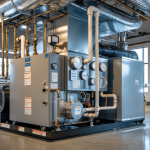
The Ultimate Guide to Commercial Heating Systems: Efficiency, Types & Costs
July 25, 2025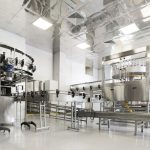
Why Food Factory Ventilation Is Critical for Hygiene, Safety and Productivity
August 8, 2025Data centres are the backbone of our digital world, but they are also some of the most energy‑intensive facilities in operation. Cooling alone can account for around 40% of a data centre’s total energy consumption, according to RICS. With rack densities rising sharply due to AI and high‑performance computing, traditional cooling methods are being pushed to their limits.
At Inergy, we understand the challenge. Effective data centre cooling is no longer just about keeping servers at safe operating temperatures. It’s about improving energy efficiency, reducing operational costs, and supporting ambitious sustainability goals. In this guide, we’ll break down the technologies, strategies, and innovations that are reshaping data centre cooling today, and show how the right approach can deliver both performance and efficiency.
Table of Contents
Why Data Centre Cooling Matters
Keeping a data centre cool isn’t just about efficiency; it’s a matter of operational safety and business continuity. When cooling systems fail, the consequences can be immediate and severe: hardware damage, service outages, and lost customer trust.
AI workloads and high‑density racks are now common, with heat densities in some facilities exceeding 100 kW per rack. Without efficient cooling strategies, these conditions risk hardware failures, downtime, and spiralling energy bills.
Servers are designed to operate within strict temperature ranges. Even brief overheating can cause system shutdowns or permanent damage. This not only threatens uptime but also puts sensitive data and critical applications at risk. Robust data centre cooling systems safeguard infrastructure from these risks, ensuring stable, round-the-clock performance.
Additionally, insurance providers want to know that you’re doing everything within your power to mitigate against the risks that overheating poses. Increasingly, they view effective cooling systems as a fundamental requirement. Without them, you could end up paying higher premiums, or, in some cases, risk having your claims disputed if downtime could have been prevented.
There’s also the impact on your customers. In a world where mere minutes of downtime can cost millions, cooling failures don’t just damage equipment: they damage trust. Unplanned outages can impact service-level agreements, erode client confidence, and harm long-term business relationships. Prioritising effective cooling means protecting the integrity of the services that your customers rely on.
By addressing cooling efficiency early, it’s possible to achieve measurable benefits:
- Lower operating costs through reduced power usage
- Improved Power Usage Effectiveness (PUE)
- Greater equipment reliability and longer hardware lifespan
- Progress toward net‑zero and sustainability goals
At Inergy, we help businesses tackle these challenges with solutions that combine proven engineering practices and the latest HVAC technologies. By focusing on system efficiency, we enable facilities to reduce both cost and environmental impact without compromising performance.
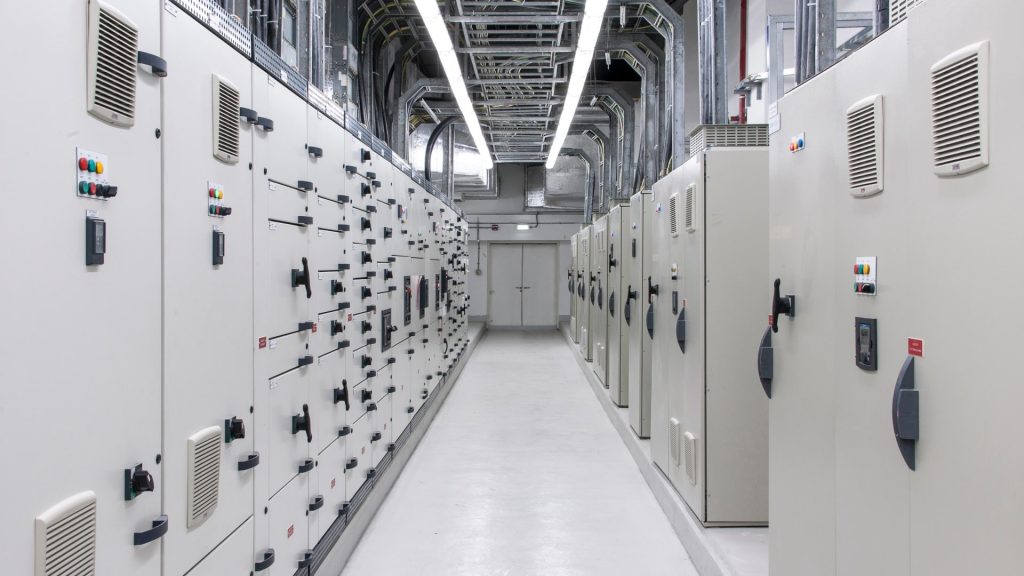
Key Metrics to Monitor
To optimise data centre cooling, it’s important to track the right performance indicators. These metrics help identify inefficiencies, guide upgrades, and demonstrate the impact of any improvements.
Power Usage Effectiveness (PUE)
PUE is the most widely recognised benchmark. It measures the ratio of total facility power to the power used by IT equipment.
- Industry average: ~1.7–2.0
- Best‑in‑class facilities: 1.2 or below
Improving PUE often means addressing cooling efficiency. Even small gains can deliver significant savings across large facilities.
Cooling Capacity Factor (CCF)
CCF compares installed cooling capacity against actual demand. Oversized systems waste energy, while undersized systems risk overheating. Maintaining the right balance keeps both performance and cost under control.
Water Usage Effectiveness (WUE)
Water is a critical resource for many cooling technologies. WUE tracks how efficiently a facility uses water relative to IT energy consumption. In regions where water scarcity is a concern, this metric is particularly important.
Carbon Usage Effectiveness (CUE)
CUE links cooling and overall facility energy use directly to carbon emissions. For businesses committed to sustainability, it’s a key indicator of progress.
At Inergy, we help facilities monitor these metrics in real time, ensuring cooling systems operate at peak efficiency. Our commercial and industrial air conditioning services include tailored assessments designed to improve these performance measures and drive down costs.
Major Cooling Technologies
Modern data centre cooling relies on a range of systems, each designed to handle different facility sizes, rack densities, and efficiency goals. Understanding the strengths of each option is essential for choosing the right solution.
Air-Cooled Systems
Air-based cooling has long been the industry standard. Systems like Computer Room Air Handlers (CRAH) and Computer Room Air Conditioners (CRAC) distribute chilled air through raised floors or overhead ducts.
- Advantages: Simple to maintain, cost-effective for small to mid-sized facilities
- Limitations: Struggles with high-density racks and can result in uneven airflow
- Best suited for: Traditional data centres with moderate power densities
Chilled Water Systems
These systems use a central chiller plant to cool water, which is then distributed to CRAHs within the data hall.
- Advantages: Scalable and efficient for larger facilities
- Limitations: Higher upfront infrastructure cost
- Best suited for: Enterprise-scale data centres requiring flexible, centralised cooling
Liquid Cooling (Direct-to-Chip and Immersion)
As rack densities climb, liquid cooling is becoming increasingly popular. Direct-to-chip systems circulate coolant directly over hot components, while immersion cooling submerges servers in a dielectric fluid.
- Advantages: Up to 50% reduction in cooling energy compared to traditional air cooling
- Limitations: Higher initial investment and requires specialised maintenance
- Best suited for: High-performance workloads such as AI and machine learning
Free Cooling and Evaporative Systems
Free cooling uses outside air or water to reduce reliance on mechanical chillers. Evaporative cooling enhances this approach by leveraging the natural cooling effect of water evaporation.
- Advantages: Significant energy savings, particularly in cooler climates
- Limitations: Dependent on local weather conditions
- Best suited for: Facilities prioritising efficiency and sustainability
Want to know if this approach is right for your building? Use our evaporative cooling checklist.
Hybrid Cooling Approaches
Many facilities now combine multiple cooling methods, balancing cost and performance. For example, air-cooled systems may be supplemented with liquid cooling for high-density racks while also incorporating free cooling where possible.
At Inergy, we specialise in designing hybrid systems that deliver the right balance of performance and efficiency. By integrating technologies like commercial air conditioning with advanced cooling strategies, we help facilities achieve measurable improvements in both PUE and operating cost.
Heat Reuse & Sustainability
Cooling is about more than just removing heat; it’s about using it wisely. Forward-thinking data centres are now turning waste heat into a valuable resource, helping to reduce both operating costs and environmental impact.
Heat Reuse Opportunities
Instead of simply venting heat outside, some facilities redirect it to nearby buildings or district heating networks. For example, research from ScienceDirect shows that IBM’s Aquasar project achieved annual savings of over $1.25 million (£962,500) by reusing server heat to warm office spaces.
This approach has several benefits:
- Reducing overall energy waste
- Cutting carbon emissions
- Enhancing sustainability reporting
- Creating potential secondary revenue streams by supplying heat to third parties
Water and Refrigerant Management
While heat reuse is promising, sustainability also depends on minimising water and refrigerant use. Many cooling systems consume large volumes of water, especially in evaporative setups. As climate pressures mount, metrics like Water Usage Effectiveness (WUE) are becoming more critical.
Similarly, the choice of refrigerants can have a significant environmental impact. Transitioning to low-global-warming-potential (GWP) refrigerants is one way to reduce the carbon footprint of cooling operations.
Our Approach to Sustainable Cooling
At Inergy, we offer sustainable HVAC solutions that balance performance with environmental responsibility. We manage the full process: from site surveys and design through to installation and maintenance. Our goal is to help facilities reduce energy waste while meeting ambitious net‑zero goals. We also explore options for integrating heat recovery into our designs where practical, ensuring that no opportunity for efficiency is overlooked.
For facilities considering evaporative solutions, our evaporative cooling review guide outlines how these systems can deliver energy savings while supporting long‑term sustainability objectives.
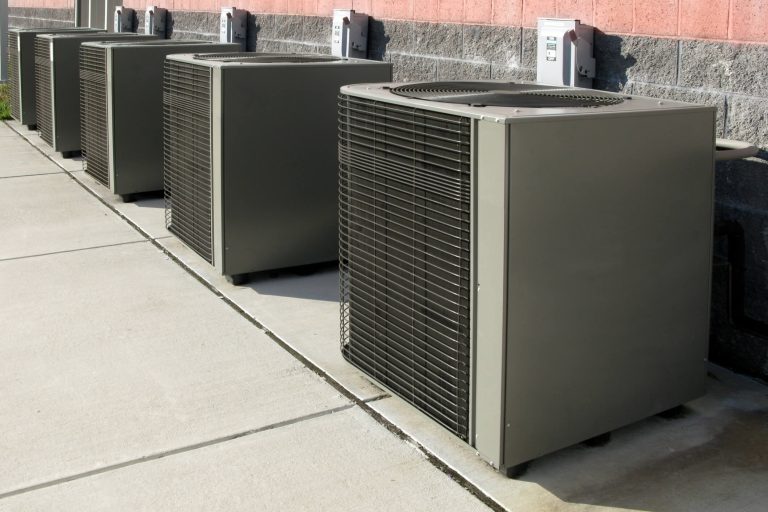
FAQs
Investing in data centre cooling systems means weighing up a range of factors, including cost, maintenance and reliability. Being fully informed before you make any decisions is crucial. Below, we’ve addressed some of the most frequently asked questions about these solutions.
What about leak risks in liquid cooling?
Leak prevention is one of the most common concerns. However, modern liquid cooling systems use sealed, pressure-tested designs that dramatically reduce risk. In practice, well-maintained systems experience leak rates of less than 0.1% annually, according to recent industry studies.
Are retrofits disruptive?
Retrofitting cooling systems can sound complex, but it doesn’t have to be. Phased implementation allows upgrades to be carried out while critical systems remain online. At Inergy, we develop retrofit strategies that minimise downtime and protect operations from unnecessary risk.
How do upfront costs compare to long-term savings?
While advanced cooling technologies like liquid cooling or hybrid systems require higher initial investment, the operational savings can be substantial. For example:
- Energy cost reductions of up to 50% for liquid cooling in high-density racks
- Reduced maintenance needs compared to oversized or inefficient air systems
- Longer equipment lifespan through stable thermal conditions
Is water availability a concern?
For facilities considering evaporative cooling, water usage is an important factor. This is why we design systems with real-time monitoring to control consumption and ensure compliance with sustainability goals.
Can existing systems be optimised instead of replaced?
Yes. Many facilities can achieve significant efficiency improvements by optimising existing infrastructure. Through our commercial air conditioning services, we provide system audits, performance tuning, and ongoing maintenance that deliver measurable results without the need for full system replacement.
How We Help
At Inergy, we combine proven expertise with innovative technology to deliver data centre cooling solutions that are efficient, reliable, and future-ready. Whether you need to optimise an existing system or implement an entirely new strategy, we focus on results that lower costs, improve performance, and support long-term sustainability.
Tailored Cooling System Design
Every data centre has unique demands. We design bespoke solutions that align with your facility’s size, rack density, and energy efficiency goals. Our approach integrates:
- Advanced air-conditioning systems for precise environmental control
- Hybrid cooling strategies for high-density workloads
- Energy-efficient upgrades that reduce Power Usage Effectiveness (PUE)
Want to learn more? Explore our commercial and industrial air conditioning services.
Retrofit and Upgrade Expertise
If a full system replacement isn’t the right move, we offer retrofit solutions that improve cooling efficiency without unnecessary disruption. This approach helps businesses cut energy costs while maximising their existing infrastructure.
Ongoing Maintenance and Optimisation
Cooling systems must be monitored and maintained to stay effective. We provide end-to-end support, including performance monitoring and predictive maintenance. This ensures cooling equipment continues to run at peak efficiency and avoids costly downtime.
Supporting Sustainability Goals
Our team also specialises in solutions that support carbon reduction strategies, including:
- Low-GWP refrigerant systems
- Energy recovery through heat reuse
- Water-efficient evaporative cooling solutions
For a deeper dive into evaporative solutions, our commercial evaporative cooling review shows how this technology can deliver measurable cost savings while supporting greener operations.
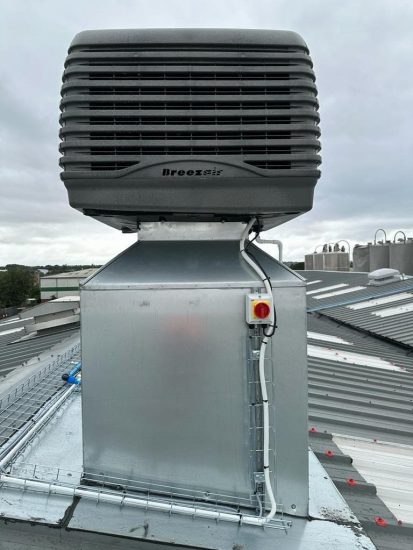
Trends to Watch
The future of data centre cooling is being shaped by three major shifts:
- AI-Driven Heat Loads: With rack densities exceeding 100 kW, liquid cooling and hybrid solutions are becoming essential for high-performance environments.
- Smarter Control Systems: AI and sensor-driven optimisation are cutting energy use by fine-tuning airflow and temperature in real time.
- Sustainability Pressures: From heat reuse to low-GWP refrigerants, regulatory and environmental demands are pushing facilities to adopt greener, more efficient systems.
At Inergy, we help businesses stay ahead of these trends by delivering cooling strategies designed for today and built for tomorrow.
Future-Proof Your Business with Data Centre Cooling from Inergy
Efficient data centre cooling is no longer optional. With rising energy costs, increasing rack densities, and growing sustainability pressures, the right cooling strategy can deliver measurable savings while improving reliability and reducing environmental impact.
At Inergy, we specialise in designing, installing, and maintaining cooling systems that meet these challenges head-on. Whether you need to optimise your current setup or plan for future growth, our expertise ensures your facility is ready for what’s next.
Talk to our team today to find out how we can help you lower costs, improve efficiency, and build a more sustainable data centre.

